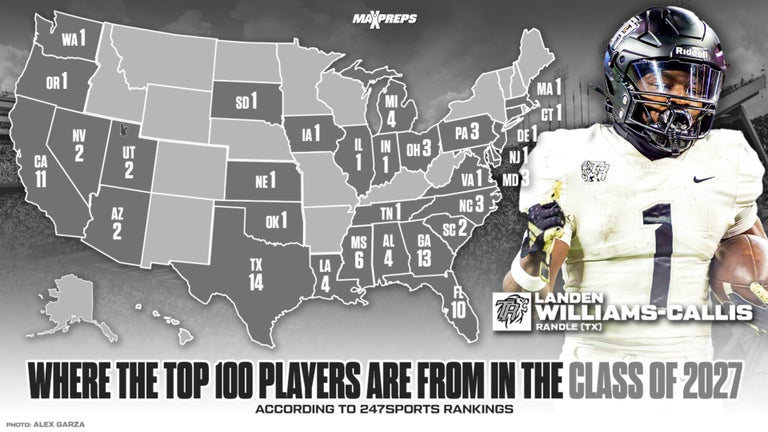Okay, so I wanted to mess around with some data visualization stuff, and I’d been hearing about this “marceline” library for Python. It’s supposed to be good for making football-related graphics, so I thought, “Why not?” I figured I’d try recreating a basic pass map or something, just to get a feel for it.
First, I had to get it installed. That was pretty straightforward, just a simple:

pip install marceline
Then started the usual fumbling around. I opened up a Jupyter Notebook (because that’s what all the cool kids use, right?) and imported the library. Now, I needed some data. I thought it might be cool to collect some data from the match first, so I pulled that down to check what I can get for this.
I was mostly poking around, trying to see what kind of data I could get and what the library could actually do. I found some examples online, but of course, they were all super polished and perfect, and mine looked like a toddler’s drawing in comparison. Lots of trial and error.
Digging into the Docs (and a Lot of Guesswork)
The documentation was… okay. It had some basic examples, but I really had to dig to find anything beyond the super simple stuff. I spent a good chunk of time just trying different functions and parameters, seeing what would happen. It was a lot of:
- “Okay, what does this argument do?”
- “Hmm, that didn’t work. Let’s try changing this…”
- “Oh, that’s interesting… but not what I wanted.”
Honestly, a lot of it felt like guesswork. I eventually managed to create a plot, after many many errors. It wasn’t exactly a masterpiece, but hey, it was something. I could kind of see where it could be useful, with a lot more practice and a much better understanding of the library’s inner workings.
I guess the big takeaway is that these tools aren’t magic. It takes time and effort to learn how to use them properly. And even then, you’re going to spend a lot of time just experimenting and trying to figure things out. At least, that’s how it was for me. Maybe I’m just slow, but it definitely felt like a learning process.
It is done now, and I am so excited to do some more visualizations, like shot maps, heatmaps, etc.


















